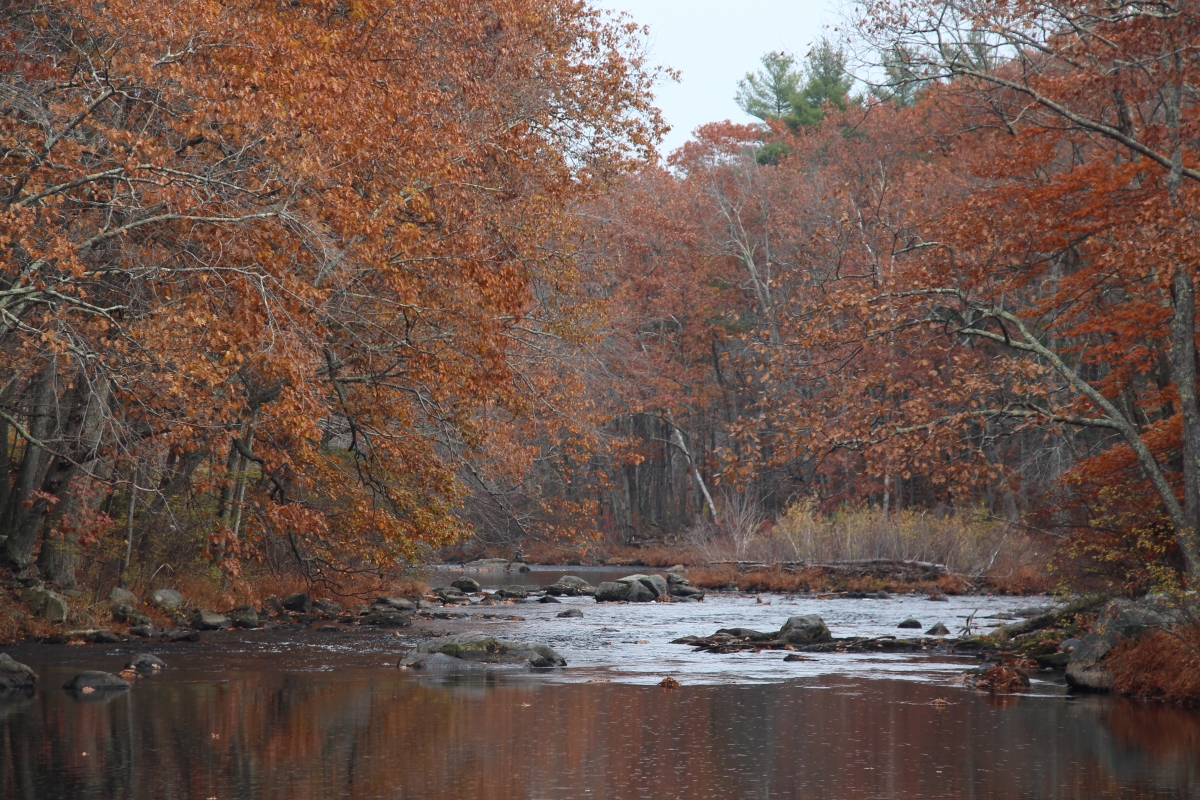New research shows that land conservation can help reduce nitrogen in Great Bay Estuary
Too much nitrogen from human development around Great Bay Estuary threatens to degrade water quality and habitat for fish and other aquatic organisms. Seacoast communities are trying to reduce the amount of human-produced nitrogen from wastewater treatment plants, septic systems, fertilizer, and storm water flowing into the streams and rivers that empty into the estuary. New NH EPSCoR research indicates that land conservation could play a significant role in achieving that goal.

Several years ago the U.S. Environmental Protection Agency issued a new nitrogen water quality standard for wastewater discharge of several cities and towns in the Seacoast area. Cost estimates to implement the new standard range up to $1 billion. But what if communities could take advantage of natural controls on the amount of nitrogen reaching Great Bay?
Bianca Rodríguez-Cardona, a UNH graduate student with the NH EPSCoR Ecosystems & Society project, has performed experiments in a stream that flows into the Lamprey River which in turn flows into Great Bay. Her data, published in the Journal of Geophysical Research: Biogeosciences, confirms that when dissolved organic carbon increases, the amount of nitrate flowing downstream decreases. Because wetlands and forests along streams contribute organic matter such as leaves, conserving these natural areas can reduce the amount of nitrate reaching the estuary by providing the fuel needed by tiny sediment-dwelling microbes to remove nitrogen from the water.
Understanding the natural controls on delivery of nitrogen is critical to maintaining Great Bay as a vibrant and productive ecosystem. Years of research in more degraded bays elsewhere point to excessive nitrogen inputs as a driver of declines in eelgrass and overall ecosystem health, such as the level of dissolved oxygen in the water. By understanding the role of organic carbon in Great Bay tributaries, this work can promote ways to maintain the health of the estuary.
Rodríguez-Cardona, B., Wymore, A.S., and McDowell, W.H. 2016. DOC:NO3− ratios and NO3− uptake in forested headwater streams. Journal of Geophysical Research: Biogeosciences, 121(1), 205-217.
